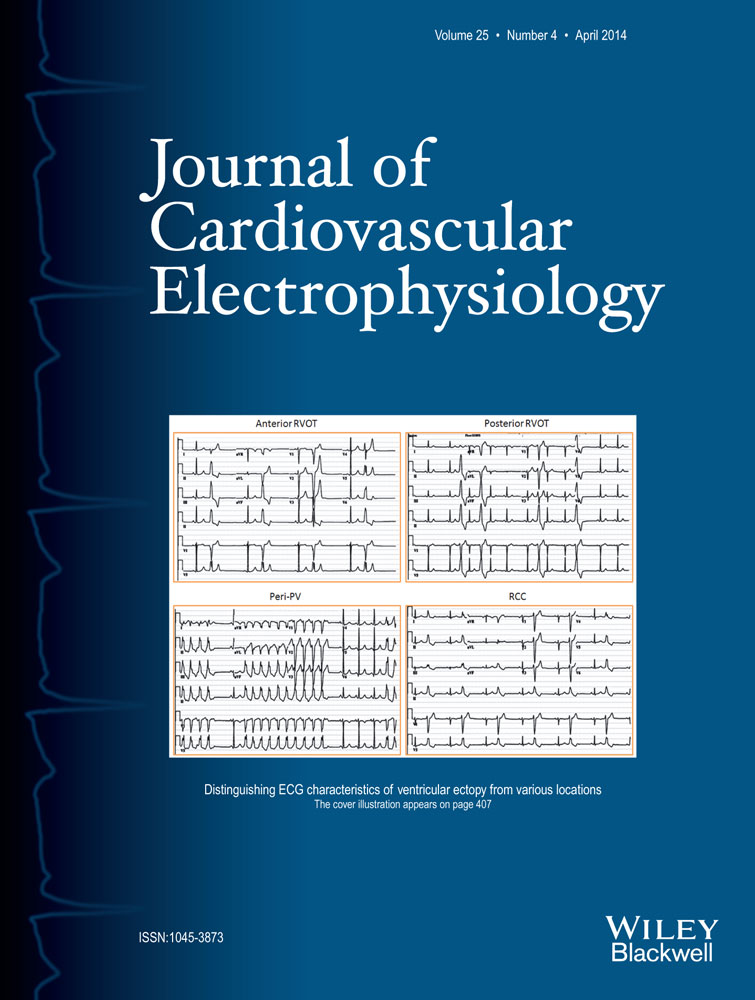Intermittent Atrial Tachycardia Promotes Repolarization Alternans and Conduction Slowing During Rapid Rates, and Increases Susceptibility to Atrial Fibrillation in a Free-Behaving Sheep Model
This work was supported by The Swiss National Fund for Scientific Research (grant numbers 325200-112668, 320030-127229) to E. Pruvot, the CardioMet Pôle, Medtronic™ Switzerland, and Vitatron™.
Etienne Pruvot reports honoraria from Medtronic. Sanjiv M. Narayan reports Fellow support from Medtronic, Boston Scientific, St. Jude Medical, and Biotronik, and honoraria from Medtronic, St. Jude Medical, and Biotronik. Dr. Narayan is co-inventor of intellectual property owned by the University of California Regents and Licensed to Topera Inc. However, Topera does not fund any research. Martin Fromer reports honoraria from Medtronic and St. Jude Medical. Other authors: No disclosures.
Repolarization Alternans and Atrial Remodeling
Introduction
Paroxysmal atrial fibrillation (AF) may be triggered by intermittent atrial tachycardia, and ultimately lead to persistent AF. However, the mechanisms by which intermittent atrial tachycardia promotes sustained AF are not well understood.
Methods and Results
Eight sheep were chronically implanted with 2 pacemakers for the recording of broadband right atrial unipolar electrograms, and for the delivery of electrophysiological stimulation protocols and intermittent right atrial tachycardia. Right atrial kinetics of activation recovery interval (ARI) as a surrogate for action potential duration, of conduction time and velocity, and of repolarization alternans were analyzed at incremental pacing rates during the remodeling process induced by weeks of intermittent atrial tachycardia until the development of sustained AF.
Intermittent atrial tachycardia decreased ARI and blunted its rate adaptation, facilitated atrial capture, and slowed conduction at high rates, and increased susceptibility to pacing-induced AF. In spite of blunted ARI rate adaptation, right atrial repolarization alternans was maintained during remodeling, and further increased in magnitude just before rapid pacing-induced AF.
Conclusion
This study suggests that weeks of intermittent right atrial tachycardia result in a gradual electrical remodeling favorable for wavebreaks and reentry that may facilitate fibrillation.




